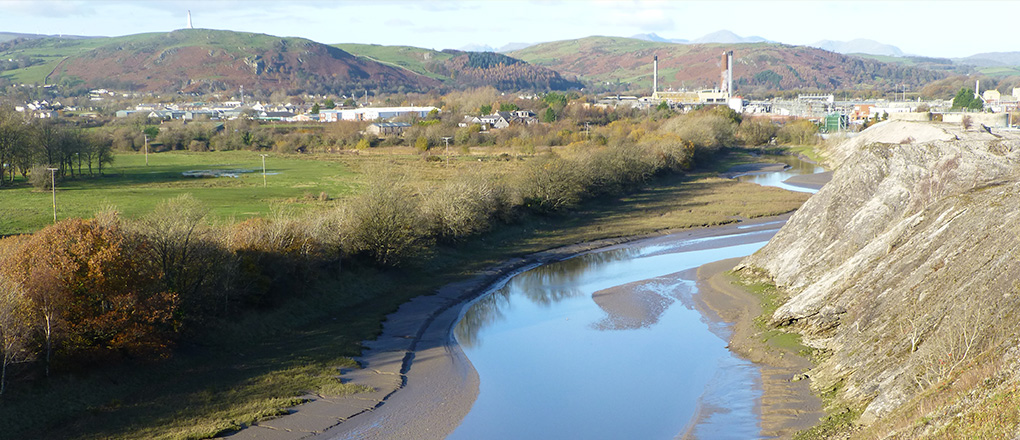
Ecological Impact Assessment
Ecological Impact Assessment (EcIA) is a process of identifying, quantifying and evaluating potential effects of development-related or other proposed actions on habitats, species and ecosystems.
Staff at Quants are highly experienced in Ecological Impact Assessment (EcIA) and can guide you through the process to the delivery of the Ecological chapter of an Environmental Statement. By understanding the process inside out, we help to develop the correct mitigation and compensation measures to ensure projects run as smoothly and swiftly as possible.
We are able to undertake Ecological Impact Assessments throughout Yorkshire and the Yorkshire Dales, Derbyshire, Teesside and Tyneside.
The findings of an EcIA can help competent authorities understand ecological issues when determining applications for consent. EcIA can be used for the appraisal of projects of any scale including the ecological component of Environmental Impact Assessment (EIA). When undertaken as part of an EIA, EcIA is subject to the relevant EIA Regulations. However, unlike EIA, EcIA on its own is not a statutory requirement. It is a best practice evaluation process undertaken to support a range of assessments.
EcIA is a process that is most effective if all contributing ecologists and other specialists work in collaboration. An EcIA report (or the ecological chapter of an EIA Environmental Statement) should clearly and simply describe the significant effects of any project so that all interested parties understand the implications of what is proposed.
The Key Elements of the EcIA Process
CHAPTER 1 – INTRODUCTION
Overview of the EcIA process and underpinning principles.
CHAPTER 2 – SCOPING
Determining the matters to be addressed in the EcIA, including consultation to ensure the most effective input to defining the scope. Scoping is an ongoing process – the scope of the EcIA may be modified following further ecological survey/research and during impact assessment.
CHAPTER 3 – ESTABLISHING THE BASELINE
Collecting information and describing the ecological conditions in the absence of the proposed project, to inform the assessment of impacts.
CHAPTER 4 – IMPORTANT ECOLOGICAL FEATURES
Identifying important ecological features (habitats, species and ecosystems, including ecosystem function and processes) that may be affected, with reference to a geographical context in which they are considered important.
CHAPTER 5 – ECOLOGICAL IMPACT ASSESSMENT
An assessment of whether important ecological features will be subject to impacts and characterisation of these impacts and their effects. Assessment of residual ecological impacts of the project remaining after mitigation and the significance of their effects, including cumulative effects.
CHAPTER 6 – AVOIDANCE, MITIGATION, COMPENSATION AND ENHANCEMENT
Incorporating measures to avoid, reduce and compensate ecological impacts, and the provision of ecological enhancements. Monitoring impacts of the development and evaluation of the success of proposed mitigation, compensation and enhancement measures.
CHAPTER 7 – CONSEQUENCES FOR DECISION MAKING
Consideration of the legal and policy framework throughout the EcIA process.
